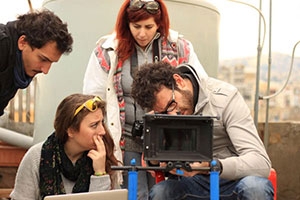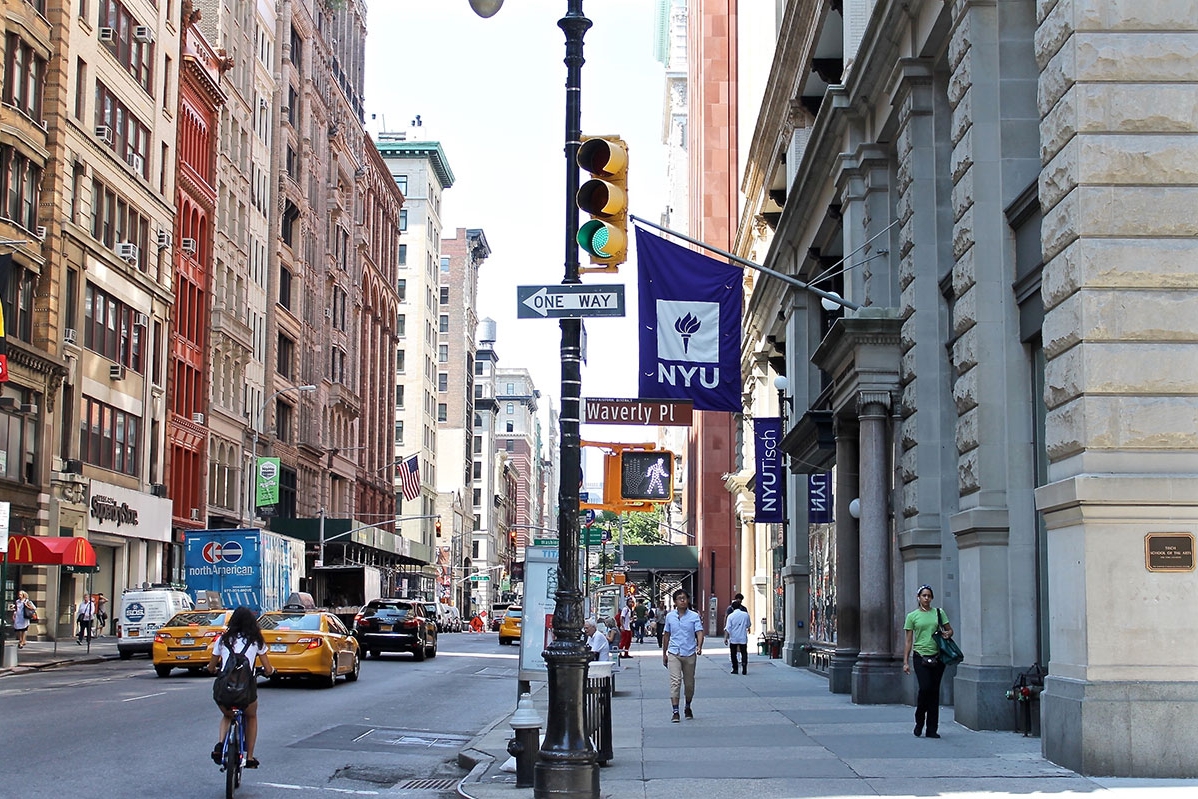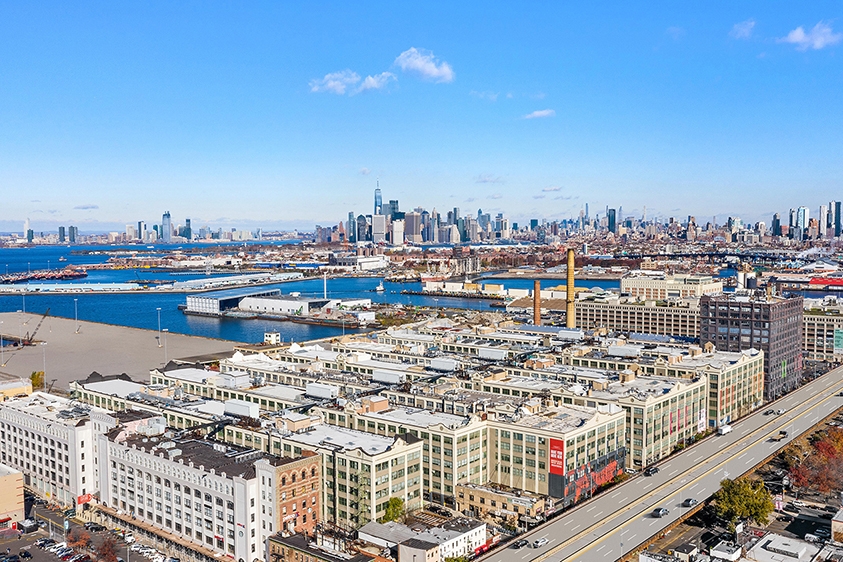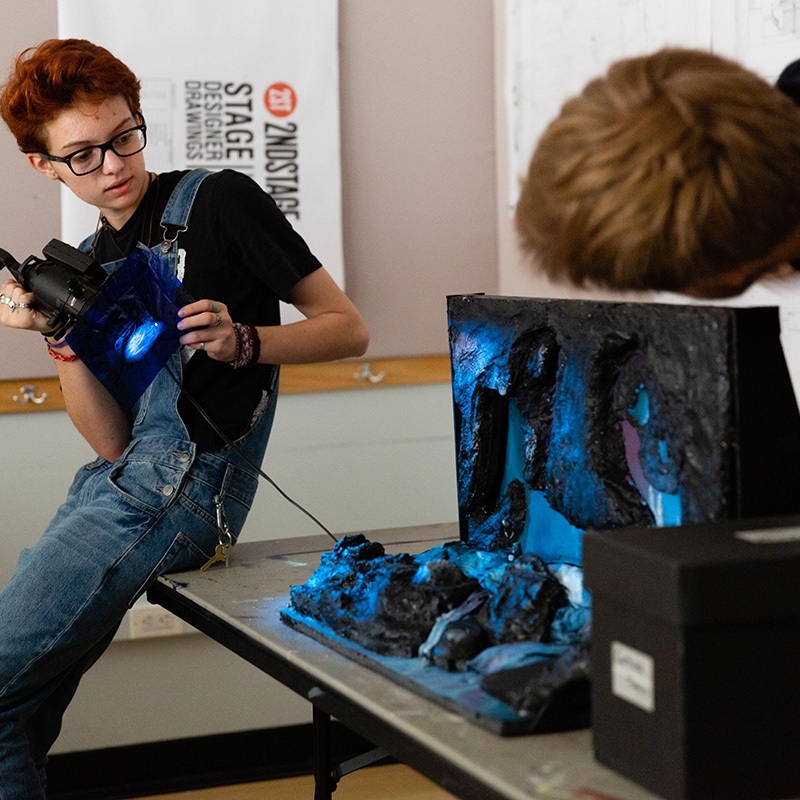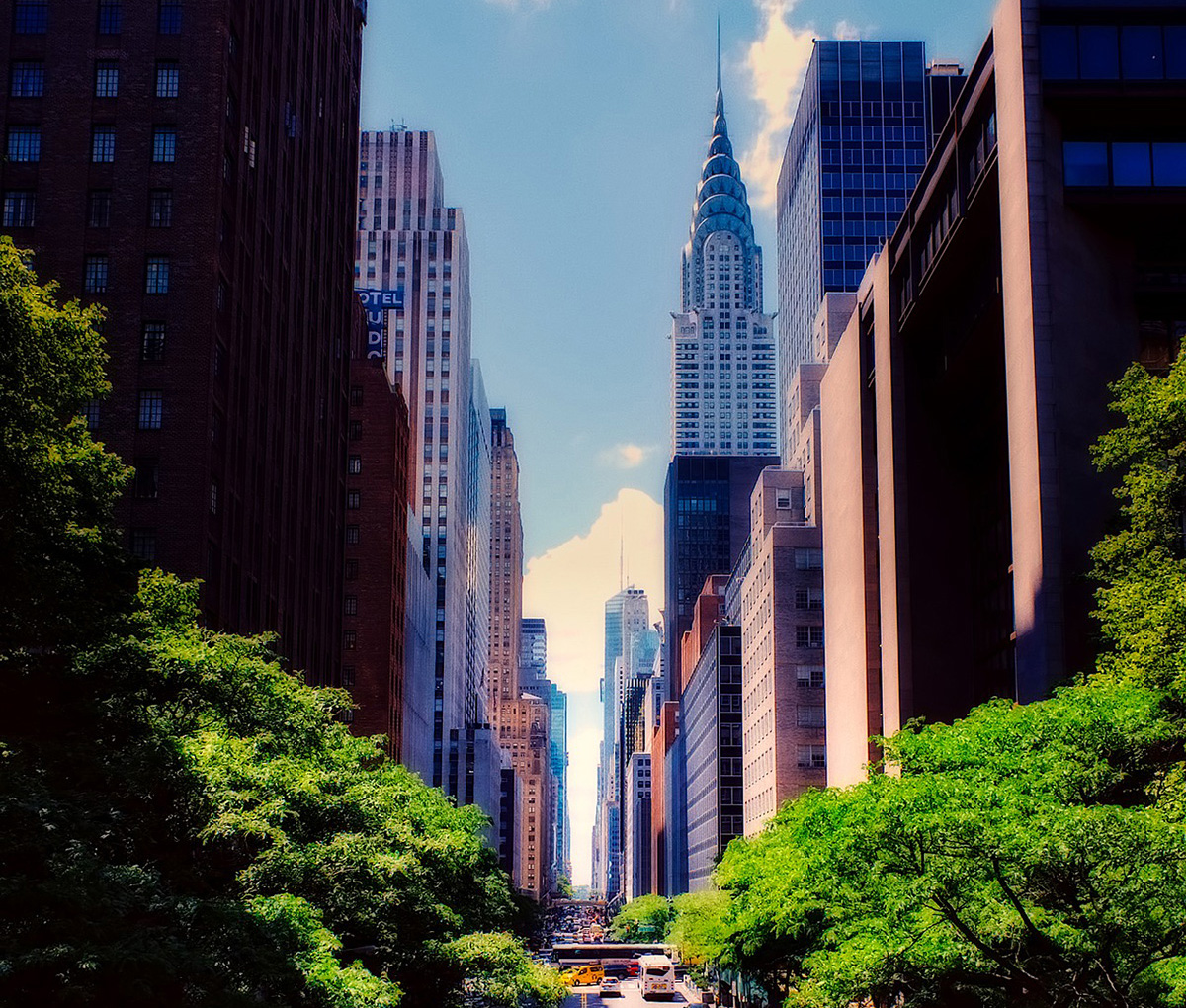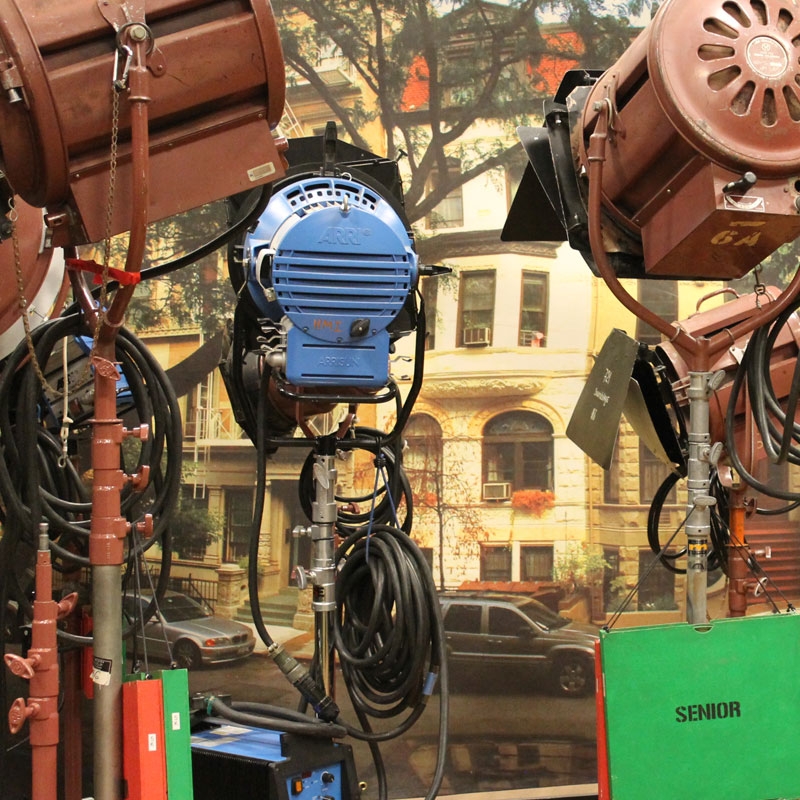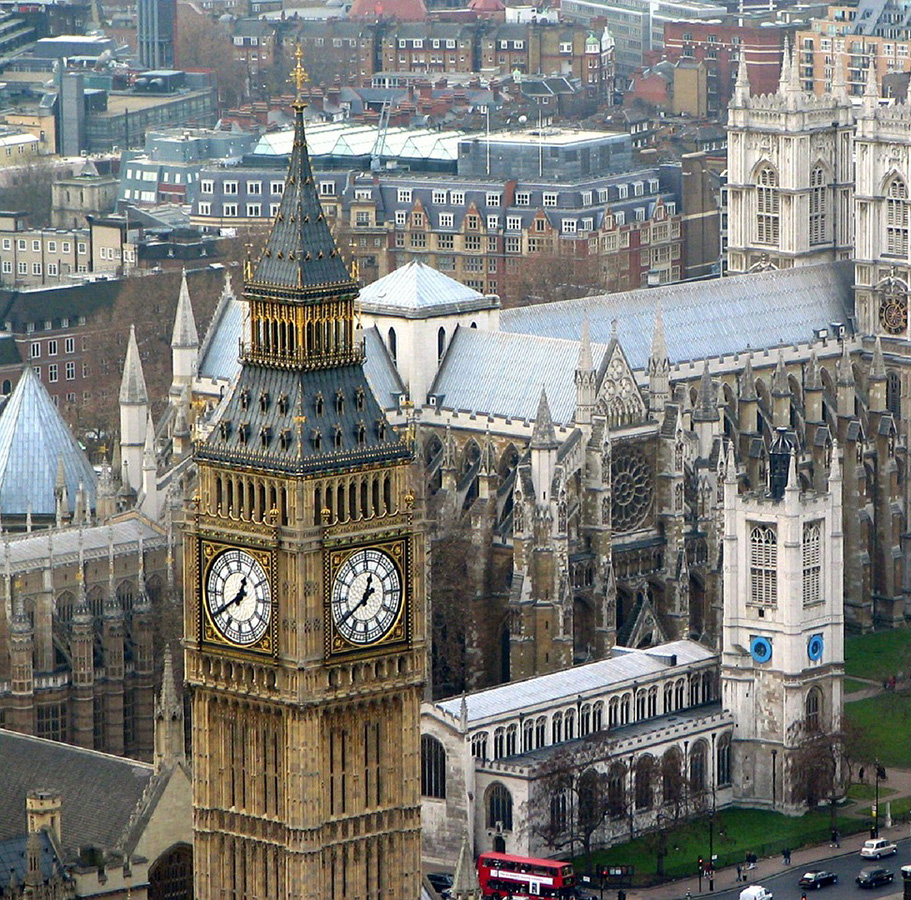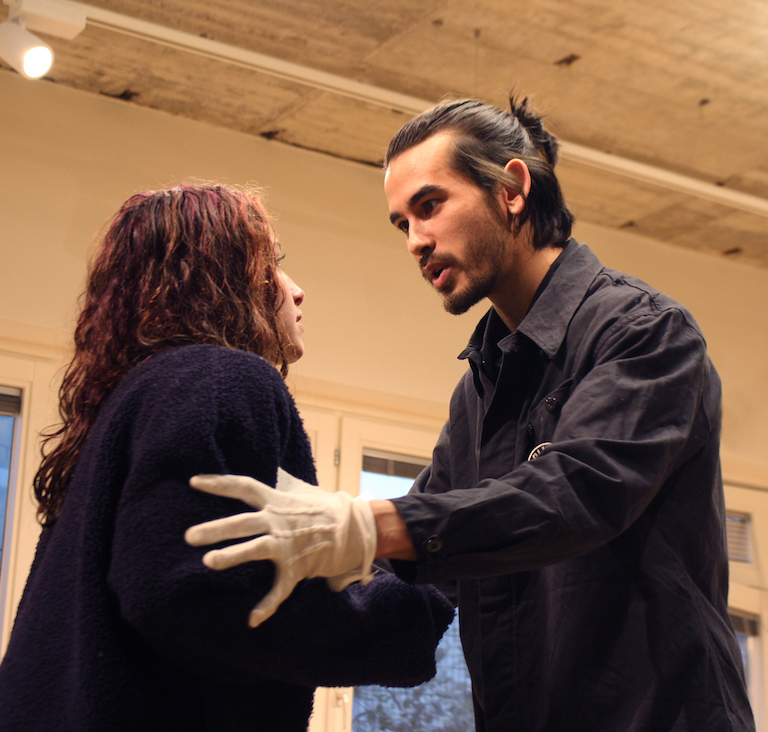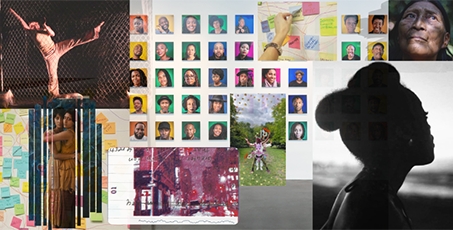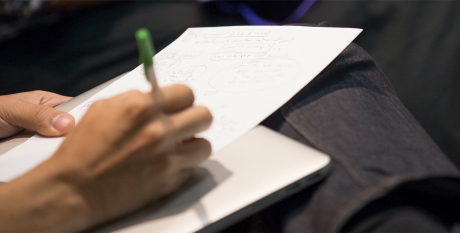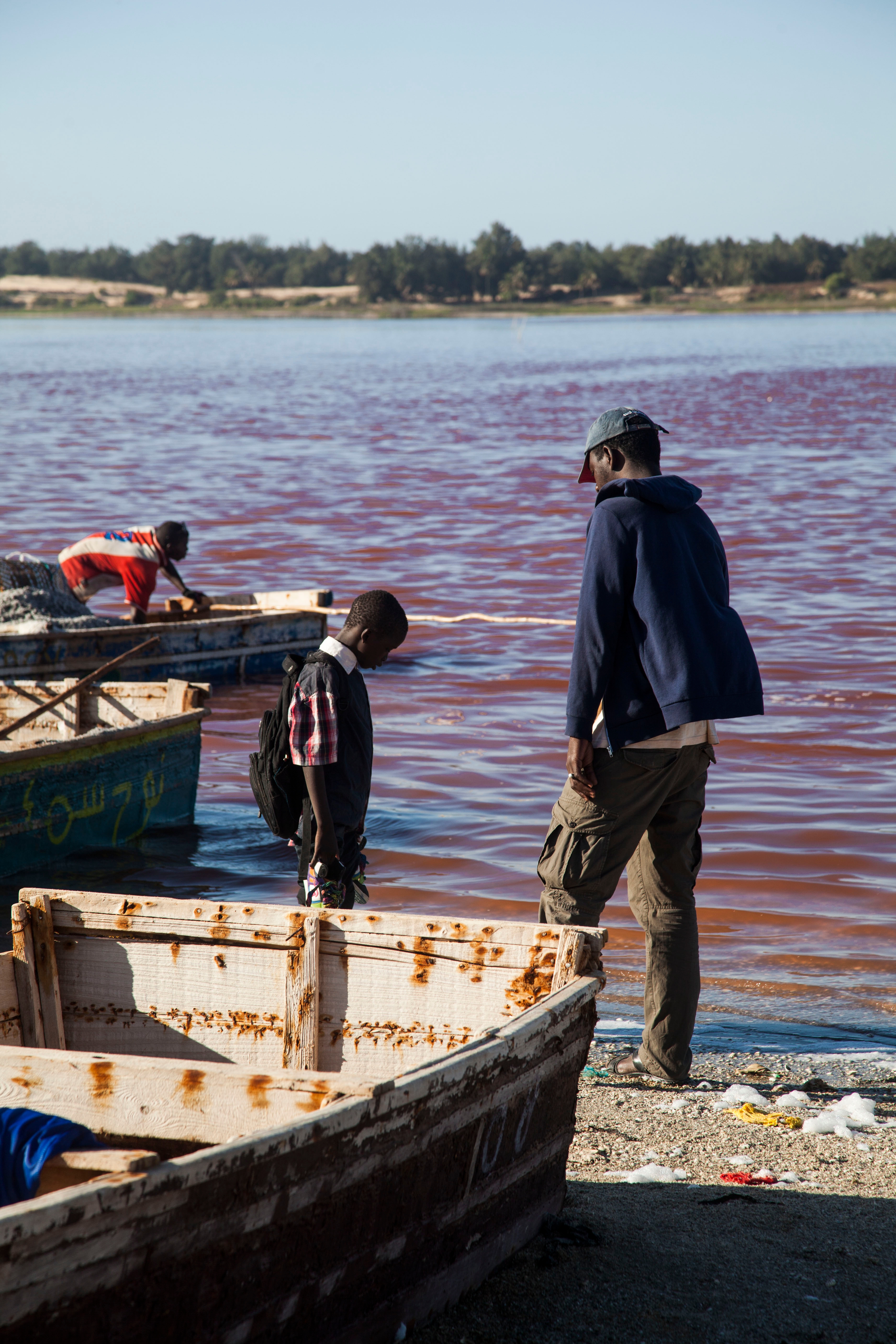
Mamadou Dia
“ON YOUR RADAR” IS A WEEKLY GRAD FILM NEWS SEGMENT THAT FEATURES A STUDENT PICKED AT RANDOM.
MAMADOU IS CURRENTLY A 2ND YEAR STUDENT AT GRAD FILM. WE ASKED HIM A FEW QUESTIONS AND HERE’S WHAT HE HAD TO SAY:
Where are you from and what is it like there?
The river that gave its name to my country (Senegal) runs through my town and establishes the northern border between Senegal and Mauritania. Our lives followed the rhythm of the seasons, particularly the rainy season, which lasts for 3 months and coincide with summer holidays. Growing up I saw the struggle to survive during the dry season with its droughts that directly affected our lives. My childhood dream was to be a hydrologist. I moved to the capital city, Dakar, when I was 18 to study at university. This 3 million people city seemed too big for me but I found myself alive and enjoyed the thin equilibrium between chaos and order.
After graduation I never enrolled in my master in hydrology and went into journalism instead. I wanted to share what I was seeing. I spent almost 8 years travelling across the continent working for various international agencies, until I realized that there was not one single narrative, or rather that other stories (other than those commissioned by the news giants) needed to be told.
Senegal is often mentioned as the first country in Sub-Saharan Africa that produced a film directed and shot in Africa. The first feature shot by an African in Africa was The Black girl in Dakar by Sembene Ousmane in 1966. Compared to many other countries, it still seems rather late. But not many people know that almost until independence in 1960, films were censored by the colonial power and Africans were not allowed to make movies. It probably seemed too dangerous as a medium. I think filmmakers have the power of choosing their own stories and communicating them with clear perspectives.
What or who is inspiring you right now and why?
The question of how much 'reality' can be incorporated or rendered in a fiction piece (novels and movies particularly) makes me a big fan of neorealism.
L’aventure ambiguë by Cheikh Hamidou Kane follows a character from my region who went to study in France in the 50s. Samba was lost between the two cultures after his coming back.
This week I finished Open City by Teju Cole; Julius, his character seems to digest this duality in his everyday life.
Senegalese filmmakers Sembene Ousmane and Malian Abderrahmane Sissako make definitely the movies I would like to do as they deal with socio-political and religious issues but still keep the humanity of their characters.
What has been your most rewarding experience at NYU Tisch Grad Film so far?
I had the opportunity to shoot my 2nd year film in Senegal with a team composed by Tisch members and Senegalese professionals. I found the combination very effective and enriching.
I learned a lot by making many mistakes; now the challenge is to find a middle ground between the two rhythms and aesthetics.
Secondly, being within a community of filmmakers and artists has been incredibly helpful on many levels, pushing me to improve my script and movie.
Finally, I have been learning a lot in every class I take at Tisch with committed professors as well as with my hard working classmates in every exercise and exchange we do together. Being part of a community of young artists who share the same passions and ambitions is invaluable.
